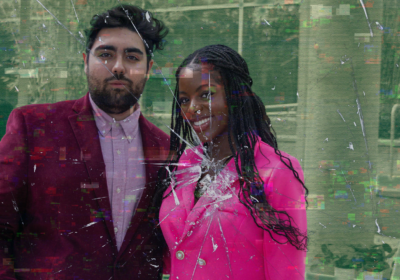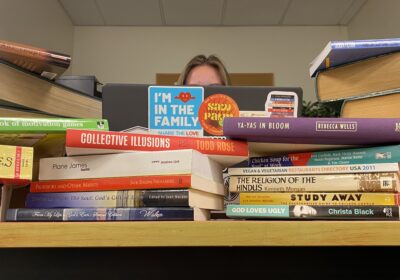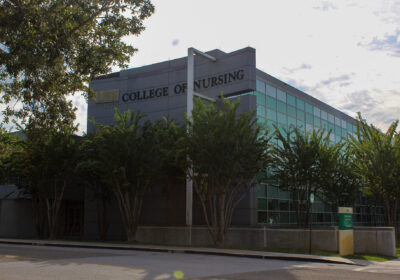SeaWorld’s new project enhances life of killer whales

Despite fervent protests, it seems SeaWorld San Diego’s killer whales won’t be receiving the “Free Willy” treatment.
SeaWorld’s Blue World Project received a recommendation of approval from the California Coastal Commission on Friday. This recommendation comes with breeding restrictions and standards for safekeeping during construction.
The Blue World Project calls for the construction of a new 10 million gallon, 50-foot deep tank for the park’s killer whales. According to SeaWorld’s website, the new tank has three different levels. The first includes a natural-looking shore and features synthetic wildlife and shallows. The second level is a 14-foot deep shelf that leads to the final level, which includes a pump that simulates ocean currents.
According to SeaWorld, the project will more than double the size of the killer whale tanks and will cost approximately $100 million. SeaWorld estimated the project would be completed by 2018.
This new tank will provide a better, fuller living experience for killer whales at the park, but protests only continue to grow. Animal rights activists want the whales released from captivity or held in seaside tanks. Others claim SeaWorld is spending the money in order to wipe out the memory of the documentary “Blackfish,” which did significant damage to the park’s reputation.
While SeaWorld is receiving the blunt of the animosity, the issue is not so much with the park as it is with the dispute over the ethics of captivity, which can be harmful for wildlife. According to whalefacts.org, wild killer whales live an average of 50 to 80 years while their captive counterparts average only 25 to 30 years.
However, to go and release all of SeaWorld’s killer whales into the ocean would not be as effective as many believe. Bred in captivity, many whales would not be able to function properly, having grown up in confinement without the need to hunt or defend themselves against predators.
According to the Whale and Dolphin Conservation, “following long spells in captivity, some (whales) may be too physically or mentally scarred to survive without human care.”
Captivity isn’t as terrible as the crusade against SeaWorld makes it out to be. Zoos and aquariums across the country take pride in the quality care they provide for their animals. Animals in captivity allow opportunities for public education and research.
According to an article in the Public Library of Science, seeing animals in zoos and aquariums can also create an emotional connection between viewers and animals, which can lead to an increase in empathy of preservation efforts.
Breeding efforts by zoos and aquariums have helped many species get back on their feet. For example, the Golden Lion Tamarin Conservation Program has increased the wild golden lion tamarin population from fewer than 200 to about 1,600, according to the Smithsonian National Zoological Park webpage.
There are too many benefits of animal captivity for banning it to be a logical solution. There is absolutely no excuse for exploiting animals for entertainment, and if an enclosure cannot meet an animal’s needs, it shouldn’t be in one. However, if these needs can be met, captivity is not the jail sentence activists make it out to be.
Rather than calling for the immediate release of SeaWorld’s killer whales, we should instead fight to make their lives in captivity as healthy as possible. Working to make zoo and aquarium conservation efforts beneficial and successful is a much more productive use of time.
We should stand together to design and enforce standards for captive animal treatment rather than displace the thousands of captive animals that would be homeless and helpless without their current sanctuaries.
Abby Rinaldi is a freshman majoring in mass communications.






